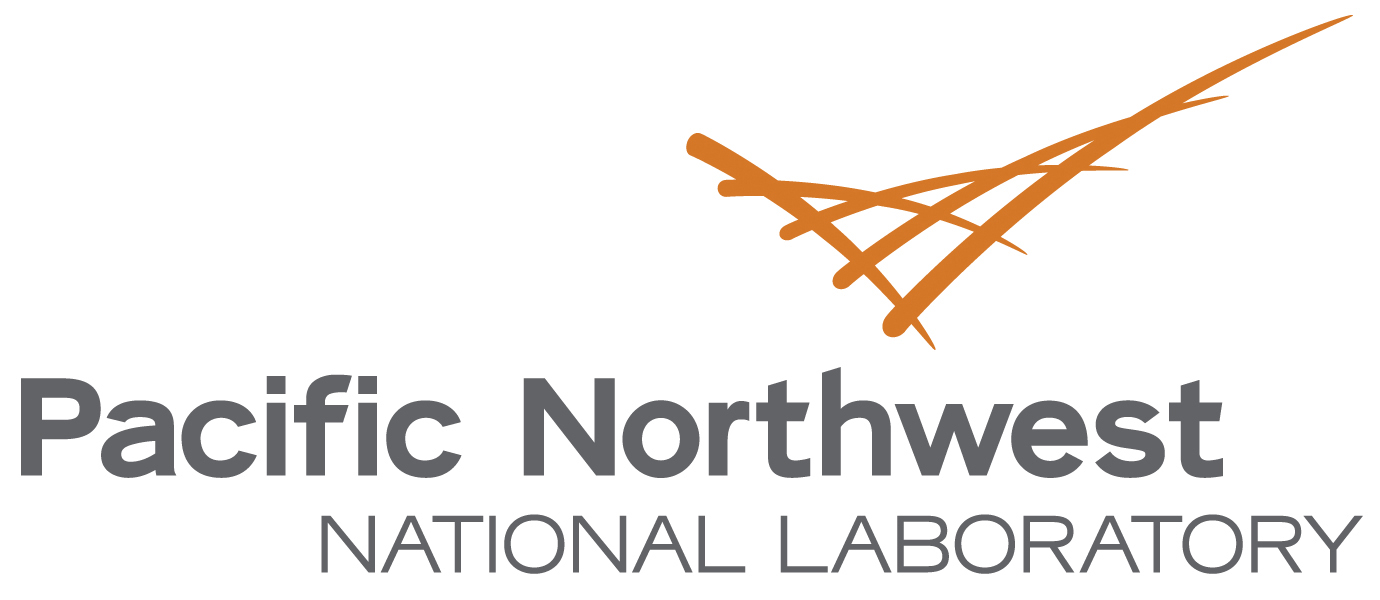Newswise — At the turn of the millennium, interest in the prospect of plentiful and clean hydrogen energy was growing—but, as with any fuel source, there were concerns over the safety of storing, moving, and using hydrogen as a fuel.
So, in 2003, the Department of Energy (DOE) Hydrogen and Fuel Cells Technology Office established the Hydrogen Safety Panel with a novel purpose: to prioritize safety for hydrogen projects to avoid harm to people and infrastructure.
Now in its twentieth year, the panel is led by Pacific Northwest National Laboratory (PNNL) and includes more than two dozen experts with over 700 years of accumulated experience. Together, these experts—including engineers, scientists, code officials, safety professionals, equipment providers, and others—have developed a trusted resource for best practices for hydrogen energy.
Today, its services extend from pre-project training and consultations to incident fact finding and on-site evaluations. The panel’s services can be requested at their website.
The early days of the Hydrogen Safety Panel
“In the early days, our role was primarily evaluating hydrogen safety plans for early- and mid-technology readiness level projects,” explained Nick Barilo, Hydrogen Safety program manager at PNNL. Project developers would consult with the panel to obtain guidance to improve safety for their hydrogen project. The goal has always been to apply best safety practices in a non-regulatory manner. Reviews are seen as teaching opportunities.
By 2010, the panel conducted hundreds of reviews. Its scope began to expand—reviews were no longer performed just for safety plans but also for project designs.
“We’re spending days, sometimes a week at a time, working with these organizations, looking detail by detail at their designs and equipment arrangements,” Barilo said. “A primary issue that is routinely highlighted in our reviews, is the approach and adequacy in analyzing the hazards. Other topics that are frequently highlighted are the need for ventilation systems, hydrogen detection, and configurations of piping and storage infrastructure. Providing input on these topics in the early design phases of a project can have great benefit to ensuring that safety is given appropriate consideration.”
Crucial partnerships and growing needs
In 2018, the California Energy Commission requested a review of its light-duty hydrogen fueling infrastructure. That project expanded into a formal, on-going partnership between the commission, PNNL, and DOE. As part of that activity, this past summer, panel representatives conducted a walkthrough of hydrogen fueling stations in Southern California, transferring safety knowledge to station operators and maintenance personnel.
The partnership also noticeably expanded the panel’s public profile, as interest in hydrogen energy continued to grow. The panel saw an increase in the size, scope, and variety of the reviews being requested. Barilo cited (anonymously) major projects across several states involving a series of major corporations and supporting a range of industries. In one project, for instance, the panel supported design activities for large-scale hydrogen production and salt cavern storage.
As the range of supported projects grew, so too did the panel’s offerings: it began to offer white papers, reports, and guides; it held presentations and webinars; it published magazine articles; and it trained thousands of first responders.
The panel also contributed vital resources to the Hydrogen Tools Portal, a repository on hydrogen safety that draws more than 30 thousand user sessions each month.
Recently, the panel experienced another significant increase in demand thanks to its new relationship with the Center for Hydrogen Safety, a subsidiary of the American Institute of Chemical Engineers. Now, users can request the services of the Hydrogen Safety Panel, which offers training courses, webinars, working groups, and member meetings.
“This partnership with the Center for Hydrogen Safety has resulted in the panel not just being a resource for DOE or the California Energy Commission, but a resource for national and international energy firms, startups, universities, test laboratories, and technology developers,” Barilo said. “It’s become an international asset.”
Help for the hydrogen ecosystem
The panel will serve as a valuable resource as the domestic hydrogen ecosystem continues to develop. Currently, the panel is working to put together more public-facing information and to support major initiatives, such as the regional hydrogen hubs, with its accumulated expertise.
Barilo said that as the technology rolls out and hydrogen energy generally becomes more mainstream there will be a greater need for discussion and proactive education on hydrogen and related safety practices. He expects that the panel will expand its membership and is working on starting a mentoring program this year.

